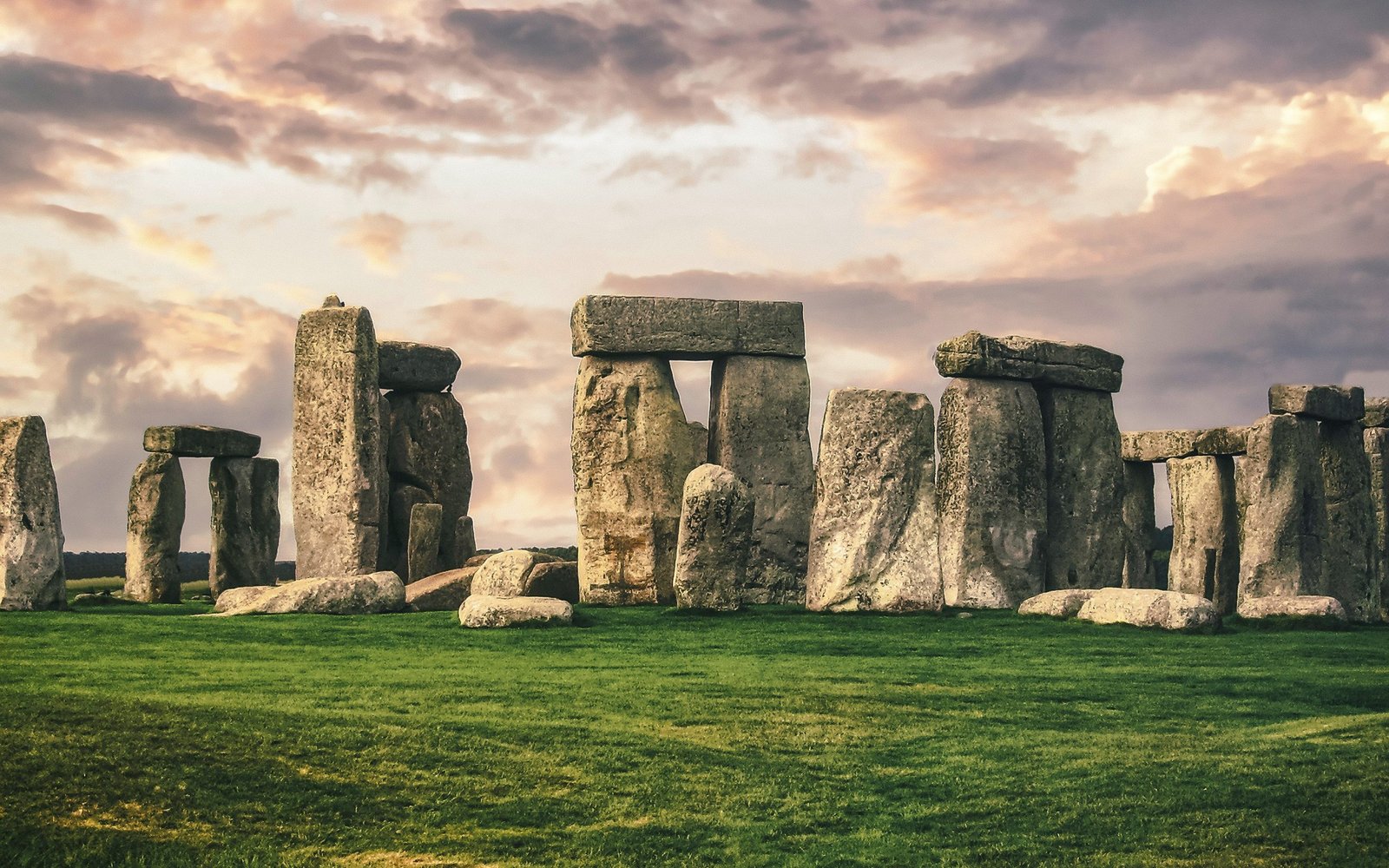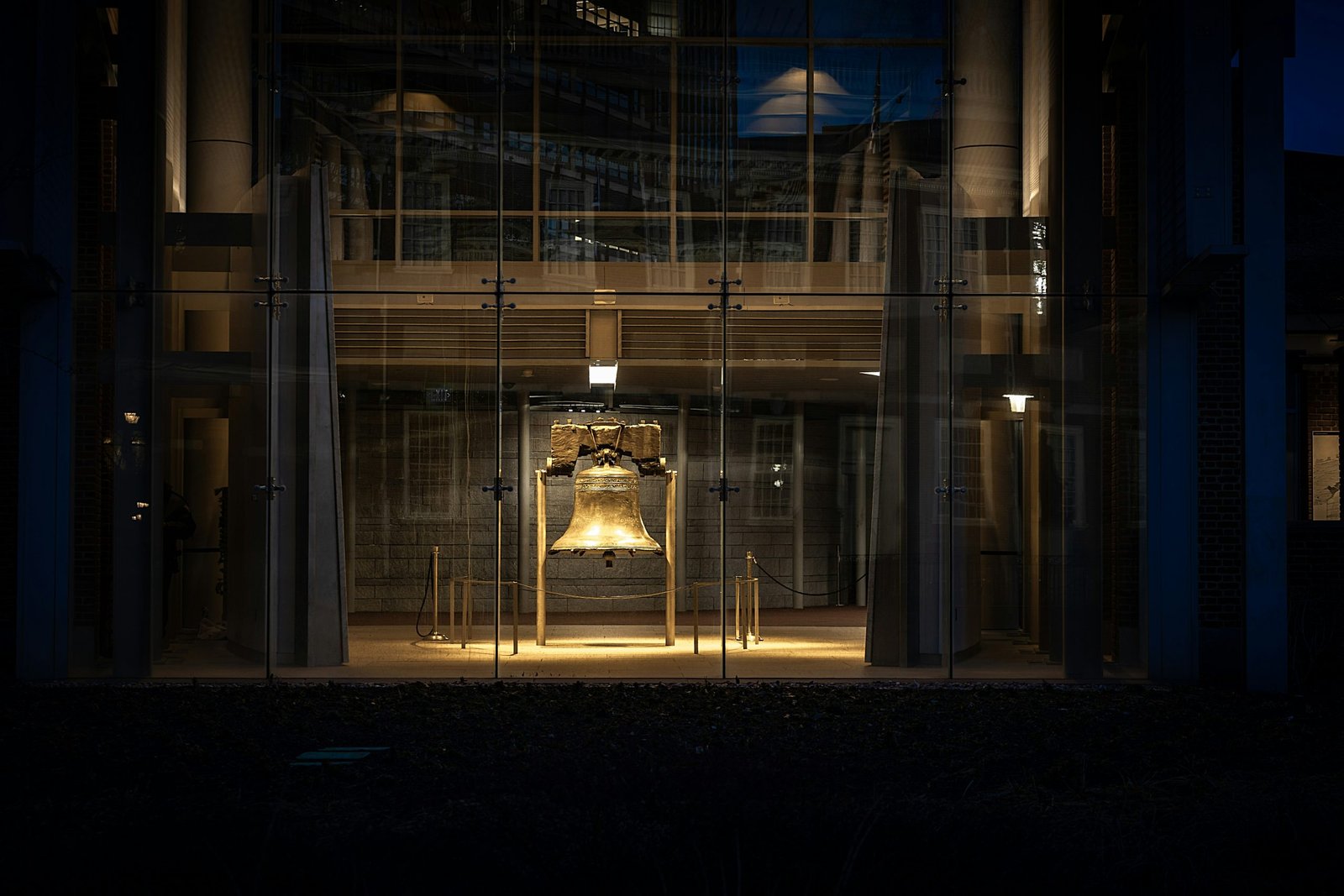People think Stonehenge was built over time, beginning around 3000 BCE. The first builders used dirt and wood. This changed into the stone monument we know today.
We can break Stonehenge’s building down into three main parts:
1. The Henge (3100-2500 BCE)
Firstly, a ‘henge,’ or circular ditch and bank, was made. It had a diameter of about 110 meters and was surrounded by a 6-meter-wide, 1.5-meter-deep ditch. We still don’t fully grasp its use, but perhaps it had religious value.
2. The Stone Circle (2600-2400 BCE)
In the second part, big sarsen stones were brought from Marlborough Downs, a place about 30 kilometers north of Stonehenge. These hefty stones, some tipping the scales at 50 tons, were shaped and placed in a circle inside the henge. This stone circle is what we think of when we hear ‘Stonehenge.’
Smaller ‘bluestones’ from Wales’ Preseli Hills were also shaped into a horseshoe inside the stone circle. Moving these bluestones such a long way is incredibly impressive.
3. The Final Alterations (2280-1930 BCE)
The final tweaks involved moving some stones and adding new parts to the monument. One big change was adding the large ‘trilithons.’ These are made of two upright stones with a flat stone on top. They sit at the monument’s center and make up the entrance known as the “Slaughter Stone.”
Ideas and Guesses
Stonehenge’s exact role is puzzling and we can only guess. Here are some common guesses:
1. Star Gazing Center
People think Stonehenge helped study the sky. The stones line up with things like the sunrise in summer and sunset in winter. This suggests ancient folks tracked the sun and moon’s positions through the stones.
2. Sacred and Ritual Spot
Others believe Stonehenge held holy rituals. The stone patterns and nearby burial hills seem to support this belief. It may have been a place for ceremonies, prayers and laying the dead to rest. Its placement on a ridge might also symbolize something.
3. Health and Spirit Site
Some scholars think Stonehenge was a health and soul place. Human remains found with physical problems, like strange shapes and injuries, add to this belief. Stonehenge may have been a spot for healing rituals and spiritual ceremonies.





